20 Best High Protein Foods for Kids: Supercharge Your Child's Growth & Health (Ultimate Guide)
This article may contain affiliate links (which basically means if you buy something from a link on my site, I get a small percentage kickback from it.) However it’s no extra cost to you and it simply helps support this blog. Thank you so much for being here! I so appreciate you and hope you enjoy reading my articles!
As parents, we all want our kids to thrive, bursting with energy, staying focused in school, and growing strong and healthy. One of the best ways to help your child achieve that is by making sure they're getting enough high protein foodsevery day. Protein is essential for supporting their growing bodies, but often, we overlook how much they actually need to meet those daily demands.
In this article, we’ll dive deep into why protein is so crucial for your kids, how much they really need, and the best high protein foods for kids to include in their meals. By the end, you’ll have a game plan to fuel their bodies and keep them feeling their best.
Why Your Kids Need More Protein: Health Benefits of Protein for Kids
Protein is the building block of life—it’s responsible for supporting every part of your child’s body, from their muscles to their immune system. Kids are in a constant state of growth and development, and their bodies rely on protein to keep them strong, active, and healthy. Including more high protein foods for kids in their diet comes with a host of benefits that go beyond just strong muscles.
For example:
Muscle Development: Protein provides essential amino acids that stimulate muscle protein synthesis. This process is crucial for building and repairing muscle tissue, especially after physical activity. For growing kids, adequate protein intake ensures proper muscle development and strength.
Immune Support: Protein is vital for the production of antibodies and immune cells. Specifically, it helps create immunoglobulins, T-cells, and other components of the immune system. This enhanced immune function helps kids fight off infections more effectively.
Steady Energy: Protein slows down the digestion of carbohydrates, leading to a more gradual release of glucose into the bloodstream. This mechanism helps maintain stable blood sugar levels, preventing energy crashes and promoting sustained focus throughout the day.
Strong Bones: While calcium is crucial for bone health, protein plays a significant role too. It helps in the absorption and retention of calcium, and contributes to the production of growth factors that stimulate bone formation. This synergy between protein and calcium is essential for building peak bone mass during childhood and adolescence.
Brain Power: Protein provides amino acids necessary for neurotransmitter synthesis, including dopamine, serotonin, and norepinephrine. These neurotransmitters are crucial for cognitive functions like memory, attention, and learning. Additionally, protein helps in the formation and maintenance of neural connections in the developing brain.
Healthy Appetite: Protein activates the release of satiety hormones like peptide YY and GLP-1, which signal fullness to the brain. This helps regulate appetite, preventing overeating and promoting healthier eating habits in children.
Happy Tummy: Certain proteins, particularly those found in fermented dairy products like yogurt, contain probiotics that support gut health. These beneficial bacteria aid in digestion, nutrient absorption, and even contribute to the gut-brain axis, potentially influencing mood and behavior.
Quick Recovery: After physical activity, protein aids in muscle repair and reduces inflammation. It activates mTOR signaling, a key pathway in muscle protein synthesis, helping young athletes recover faster and adapt to exercise more effectively.
Balanced Growth: Proteins are essential for the production of growth hormone and insulin-like growth factor 1 (IGF-1). These hormones are crucial during puberty and growth spurts, regulating overall body composition and promoting proper development of organs and tissues.
Healthy Appearance: Proteins like collagen and keratin are structural components of skin, hair, and nails. Adequate protein intake ensures the continuous renewal of these tissues, contributing to healthy skin, strong hair, and sturdy nails. While not the most critical benefit, it supports overall health and can boost self-esteem as kids grow.
By incorporating a variety of high-quality protein sources into a child's diet, parents can support their overall growth, development, and long-term health. Remember to consult with a pediatrician or registered dietitian for personalized advice on protein needs for your child.
But here’s the thing—many kids aren’t getting enough protein. With snack foods and quick meals dominating busy households, protein intake can sometimes fall short. Ensuring your child gets the right amount of high protein foods can make a world of difference in their energy levels, mood, and overall health.
How Many Grams of Protein Should My Kid Eat?
Let's talk about protein power for your kiddos! As a mom, I know you want your little ones bursting with energy, crushing it at school, and growing up strong and healthy. One of the best ways to help them thrive is by making sure your kiddos are getting enough protein every day. But how much protein do kids really need? Let's break it down in a way that's easy to remember:
For your toddlers (ages 1-3): Aim for about 13 grams of protein daily.
Your preschoolers and early elementary kids (ages 4-8) need around 19 grams per day.
As they hit those preteen years (ages 9-13), bump it up to 34 grams daily.
For your teenagers (ages 14-18), girls need about 46 grams, while boys need a bit more at 52 grams per day.
Now, mama, don't stress too much about hitting these numbers exactly. Every child is unique, and these are just general guidelines. If your little athlete is always on the go or your teen is going through a growth spurt, they might need a bit more to fuel their adventures and support their changing bodies.
The key is to focus on offering a variety of protein-rich foods throughout the day. And remember, you're doing an amazing job just by being mindful of your family's nutrition.
Top 20 High Protein Foods for Kids
Here are 20 easy-to-find, kid-approved high protein foods to add to your child’s daily meals:
1. Eggs
Eggs are one of the most versatile and affordable high protein foods for kids. A single large egg contains about 6 grams of protein, and it’s a complete protein, meaning it contains all the essential amino acids your child needs for growth.
Tips for Eating:
Breakfast: Scramble them, make an omelet with veggies, or serve a soft-boiled egg on whole-grain toast. Add a sprinkle of cheese for extra protein!
Lunch/Dinner: Hard-boiled eggs are perfect for lunchboxes or as a snack. You can also mash them with a little avocado for a protein-rich dip.
What to Watch Out For:
Stick with organic or pasture-raised eggs whenever possible. These options provide more omega-3 fatty acids and vitamins than conventional eggs.
2. Unsweetened Greek Yogurt
Greek yogurt is a protein powerhouse with about 10 grams of protein per 100 grams (which is more than regular yogurt). Plus, it contains probiotics that support gut health, which is especially helpful for kids with digestive issues.
Tips for Eating:
Snack Time: Serve Greek yogurt with fresh berries and a drizzle of honey for a naturally sweetened, protein-rich snack.
Smoothie: Blend Greek yogurt into a smoothie with fruits like bananas and a handful of spinach for added nutrients. Add some chia seeds for an extra protein boost.
What to Watch Out For:
Look for plain, unsweetened Greek yogurt to avoid added sugars. Flavored yogurts can sneak in a lot of sugar, which can spike blood sugar and counteract the benefits. If your child prefers it sweeter, mix in fruit or a small amount of honey yourself.
3. Chicken Breast
Chicken breast is lean, easy to cook, and loaded with protein—around 24 grams of protein per 3 oz serving. It’s one of the easiest high-protein foods to prepare for kids.
Tips for Eating:
Dinner: Grill or bake chicken breast with olive oil and seasoning, then serve with veggies or quinoa. You can slice it up for a quick, kid-friendly wrap or add it to a salad.
Lunch: Shred cooked chicken breast and use it in sandwiches or quesadillas. You can also make a chicken salad with avocado for a healthy fat and protein combo.
What to Watch Out For:
Always choose organic, free-range chicken to avoid antibiotics and hormones. Conventional chicken can contain additives and unhealthy fats from poor farming practices.
4. Turkey
Turkey is a lean meat similar to chicken but with a slightly different flavor, making it a great way to add variety to your child’s meals. Ground turkey provides about 22 grams of protein per 3 oz serving.
Tips for Eating:
Tacos: Use ground turkey for taco night, seasoning with your own mix of herbs and spices to keep it healthy and free of added sugars.
Lunchboxes: Turkey breast slices (organic and nitrate-free) make great additions to sandwiches or wraps with veggies and hummus.
Burgers: Make turkey burgers and serve them with sweet potato fries for a balanced, protein-packed meal.
What to Watch Out For:
When buying deli turkey slices, opt for nitrate-free and organic options to avoid preservatives and fillers. Processed meats can contain unhealthy additives that counteract the benefits of protein.
5. Cottage Cheese
Cottage cheese is a go-to snack for busy moms and kids alike, packing about 14 grams of protein per ½ cup. It’s not only rich in protein but also calcium, which is essential for growing bones.
Tips for Eating:
Snack: Top a bowl of cottage cheese with fresh berries or pineapple. The combination of protein and fruit makes it a satisfying and nutritious snack.
Savory Option: Add a sprinkle of salt and pepper or even a little pesto for a savory twist that pairs well with whole-grain crackers or raw veggies.
What to Watch Out For:
Opt for organic, full-fat cottage cheese if possible. Some low-fat versions add unnecessary fillers to make up for the loss of fat. Full-fat options provide better satiety for growing kids, and fat helps absorb fat-soluble vitamins like A, D, E, and K.
6. Peanut Butter
Peanut butter is a staple in many households, and for good reason—it's a kid favorite that's rich in protein and healthy fats. Just 2 tablespoons of peanut butter contain about 8 grams of protein, making it an easy and delicious way to boost your child's intake.
Tips for Eating:
Snacks: Spread peanut butter on whole-grain toast, rice cakes, or apple slices for a quick snack that balances protein with healthy carbs.
Smoothies: Add a spoonful to your child's smoothie for extra protein and healthy fats.
Dips: Use peanut butter as a dip for celery or carrots for a fun, nutrient-dense snack.
What to Watch Out For:
Make sure to choose natural peanut butter that’s free from added sugars, hydrogenated oils, and preservatives. Conventional peanut butter can contain unhealthy fats and added sugars, which can work against your child's health goals.
7. Almonds
Almonds are an excellent, portable source of protein and healthy fats, perfect for busy moms looking to keep snacks nutritious and easy. A small handful of almonds (about 1 ounce) contains around 6 grams of protein and is rich in vitamin E, which supports healthy skin and immune function.
Tips for Eating:
Snack: Pack a handful of raw almonds in your kid's lunchbox or mix them into a homemade trail mix with dried fruit and seeds.
Almond Butter: Spread almond butter on toast or stir it into oatmeal for a high-protein breakfast option.
Topping: Sprinkle chopped almonds over yogurt, salads, or smoothie bowls for an added protein boost.
What to Watch Out For:
Opt for raw or roasted almonds without added salt or oils. Some flavored almonds can contain unnecessary additives like sugar or unhealthy oils that aren’t ideal for everyday snacks.
8. Cheese
Cheese is a great source of protein and calcium, making it a go-to for busy moms. Whether it's string cheese, cubes, or shredded on top of meals, most kids love it. A serving of cheese (about 1 ounce) provides around 6-7 grams of protein, along with healthy fats that keep them satisfied.
Tips for Eating:
Snacks: String cheese or cheese cubes are easy, grab-and-go snacks for school or after activities.
Lunch: Add slices of cheese to sandwiches or wraps, or pair it with whole-grain crackers and fruit for a balanced snack box.
Topping: Shred cheese over scrambled eggs, tacos, or baked potatoes to sneak in more protein at mealtime.
What to Watch Out For:
Choose organic, grass-fed cheese whenever possible. Conventional cheeses can contain additives, growth hormones, and antibiotics, which may contribute to inflammation. Grass-fed cheese also has higher levels of omega-3 fatty acids, which are great for brain health.
9. Tuna
Tuna is an affordable, protein-packed option for kids. A 3-ounce serving of canned tuna contains about 20 grams of protein. It’s also a great source of omega-3 fatty acids, which are essential for brain development and reducing inflammation.
Tips for Eating:
Lunch: Make tuna salad with avocado or Greek yogurt instead of mayo for a healthier, protein-rich option. Spread it on whole-grain bread or stuff it in a pita with veggies.
Snack: Serve tuna with whole-grain crackers for a snack loaded with protein and healthy fats.
Dinner: Add canned tuna to pasta salads or casseroles for a quick and easy dinner.
What to Watch Out For:
Look for wild-caught, low-mercury tuna, especially for young kids. Albacore tuna can have higher mercury levels, so choose light tuna or skipjack varieties for regular consumption.
10. Quinoa
Quinoa is one of the few plant-based foods that contain all nine essential amino acids, making it a complete protein. A cup of cooked quinoa provides around 8 grams of protein. It’s also rich in fiber, magnesium, and iron, making it a nutritional powerhouse for growing kids.
Tips for Eating:
Side Dish: Use quinoa as a substitute for rice or pasta. Serve it as a side with grilled chicken or veggies for a protein-packed meal.
Salads: Add quinoa to salads with leafy greens, beans, and avocado for a satisfying and nutritious lunch.
Bowls: Create a quinoa bowl with roasted veggies, black beans, and cheese, topped with a drizzle of olive oil or salsa.
What to Watch Out For:
Always rinse quinoa before cooking to remove saponins, a natural coating that can make it taste bitter. You can also find pre-rinsed quinoa in most stores, which makes prep even easier.
11. Edamame
Edamame (young soybeans) are an excellent source of plant-based protein, with 17 grams of protein per cup of cooked edamame. They’re also high in fiber, vitamins, and minerals, making them an ideal snack or addition to meals.
Tips for Eating:
Snack: Serve steamed edamame pods with a sprinkle of sea salt for a fun, hands-on snack.
Salads: Toss shelled edamame into salads or grain bowls for added protein and texture.
Stir-Fries: Add edamame to veggie stir-fries for a simple way to boost the protein content of your meal.
What to Watch Out For:
Make sure to choose organic edamame to avoid GMO soy. Also, if your child has any soy allergies or sensitivities, this may not be the best option.
12. Lentils
Lentils are a nutritional powerhouse, especially for families looking for more plant-based protein options. Just 1 cup of cooked lentils provides around 18 grams of protein. They're also high in fiber, iron, and folate, making them ideal for kids' growth and development. Lentils are easy to incorporate into soups, stews, and even homemade veggie burgers, providing both protein and hearty texture.
Tips for Eating:
Soups and Stews: Lentils cook quickly, making them a perfect addition to soups or stews for a protein boost.
Veggie Burgers: Combine cooked lentils with breadcrumbs and spices to create tasty veggie burgers.
Salads: Add cold lentils to salads with olive oil, lemon juice, and herbs for a nutrient-dense meal.
What to Watch Out For:
Rinse lentils thoroughly before cooking to remove any debris. If your kids are new to lentils, start with small portions to avoid potential digestive issues as they get used to the fiber content.
13. Lean Beef
Lean beef is a great source of both protein and iron, which are essential for energy and growth in kids. A 3 oz serving of cooked lean beef provides around 22 grams of protein and is rich in B vitamins that support metabolism and brain function.
Tips for Eating:
Tacos and Burgers: Ground beef is versatile and can be used for tacos, spaghetti, or homemade burgers.
Steak Slices: Thinly slice cooked steak to add to wraps, salads, or stir-fries for an easy protein boost.
Meatballs: Use lean ground beef to make meatballs paired with whole grain pasta and marinara sauce.
What to Watch Out For:
Choose organic, grass-fed beef whenever possible to avoid hormones and antibiotics that are often found in conventionally raised meat. Grass-fed beef also has a higher omega-3 content.
14. Hummus
Hummus, made from chickpeas, is a delicious way to introduce plant-based protein into your child’s diet. A 2-tablespoon serving of hummus contains about 2 grams of protein, along with fiber and healthy fats, making it a well-rounded snack.
Tips for Eating:
Dip: Serve hummus with veggie sticks like carrots, cucumbers, or bell peppers for a nutrient-packed snack.
Spread: Use hummus as a spread on whole-grain toast or sandwiches in place of mayo for a protein boost.
Wraps: Spread hummus inside a whole-wheat wrap with turkey or veggies for an easy, protein-packed lunch.
What to Watch Out For:
Some store-bought hummus brands can be high in sodium. Consider making your own at home to control the ingredients and keep it as healthy as possible.
15. Black Beans
Black beans are a versatile, protein-rich food that kids usually love in burritos, quesadillas, or soups. 1 cup of cooked black beans contains about 15 grams of protein along with fiber, iron, and antioxidants.
Tips for Eating:
Tacos and Burritos: Add black beans to tacos, burritos, or quesadillas for a meatless protein option.
Soups: Use black beans in chili or black bean soup for a hearty and filling meal.
Salads: Toss black beans into a salad with avocado, corn, and lime for a refreshing, protein-packed dish.
What to Watch Out For:
If using canned black beans, make sure to choose a brand with no added salt and rinse them thoroughly to reduce sodium content.
16. Tofu
Tofu is a highly versatile plant-based protein with 10 grams of protein per ½ cup. It’s great for kids because it absorbs flavors well and can be prepared in a variety of ways—grilled, baked, stir-fried, or even blended into smoothies.
Tips for Eating:
Stir-Fries: Cube and sauté tofu in a stir-fry with veggies and soy sauce for a protein-packed meal.
Baking: Bake tofu with olive oil, garlic, and herbs for a crispy snack or salad topping.
Smoothies: Silken tofu can be blended into smoothies for an extra protein boost without affecting the flavor.
What to Watch Out For:
Opt for organic, non-GMO tofu to avoid any potential pesticide residues or genetically modified soy.
17. Pumpkin Seeds
Pumpkin seeds are a nutrient-dense snack that’s packed with protein—1 ounce (about a handful) contains 7 grams of protein. They’re also rich in magnesium and zinc, which support immune function and bone health.
Tips for Eating:
Snack: Roast pumpkin seeds with a bit of olive oil and sea salt for a crunchy, protein-rich snack.
Topping: Sprinkle pumpkin seeds on yogurt, oatmeal, or salads for added texture and protein.
Trail Mix: Mix pumpkin seeds with dried fruit and almonds to make a high-protein trail mix for on-the-go snacking.
What to Watch Out For:
Choose raw, unsalted pumpkin seeds to avoid excessive sodium or unhealthy oils used in some roasted varieties.
18. Milk
Milk is a staple for many kids, offering around 8 grams of protein per 1 cup. It’s also rich in calcium and vitamin D, both of which are essential for bone development and overall growth.
Tips for Drinking:
Smoothies: Blend milk into smoothies with fruits, veggies, and a spoonful of nut butter for a well-rounded, high-protein snack.
Breakfast: Serve milk alongside oatmeal or whole-grain cereal for a balanced breakfast.
Baking: Use milk in pancake or waffle recipes to give those morning meals a protein boost.
What to Watch Out For:
Opt for organic, grass-fed, goat, or raw milk to avoid hormones and antibiotics often present in conventional dairy. Conventional milk can be inflammatory for some kids, so choosing the cleanest source is key.
19. Salmon
Salmon is one of the best sources of protein and omega-3 fatty acids, both of which are essential for brain development and reducing inflammation. A 3 oz serving of salmon provides about 22 grams of protein and healthy fats that keep kids' brains and hearts strong.
Tips for Eating:
Baked or Grilled: Bake or grill salmon with olive oil and lemon for a quick, nutrient-dense dinner.
Tacos: Flake cooked salmon into tacos with avocado and salsa for a fun, kid-friendly meal.
Salads: Add cold, leftover salmon to a salad for a protein-packed lunch.
What to Watch Out For:
Always choose wild-caught salmon to avoid the higher contaminant levels often found in farmed varieties. Wild-caught salmon is also richer in omega-3 fatty acids.
20. Chia Seeds
Chia seeds are small but mighty when it comes to protein and healthy fats. 2 tablespoons of chia seeds contain about 4 grams of protein, along with fiber and omega-3s.
Tips for Eating:
Smoothies: Add chia seeds to smoothies for a boost of protein, fiber, and healthy fats.
Puddings: Mix chia seeds with almond milk and a little honey to make a chia pudding that kids will love as a snack or dessert.
Oatmeal: Stir chia seeds into oatmeal or yogurt for a nutrient-packed breakfast.
What to Watch Out For:
Chia seeds absorb liquid and expand, so make sure to soak them before eating to prevent choking hazards, especially for younger kids.
Start Prioritizing Protein for Your Kids Today
Adding more high protein foods for kids into their meals doesn’t have to be complicated. From simple snacks like yogurt and almonds to easy dinner options like chicken and beans, there are plenty of ways to ensure your child is getting enough protein to support their growth and health.
If you’re ready to make a difference in your child’s diet and help them thrive, start by incorporating these high-protein foods. You’ll not only support their physical development but also help improve their focus, energy levels, and immune function.
Ready to Fuel Your Kids’ Growth with Protein?
Make protein a priority in your child’s daily meals to boost their growth, energy, and overall well-being. Start small by adding a few of these high protein foods for kids each week, and watch the positive changes unfold!
Join the Nourished Family Academy Course Today & Take Charge of Your Family Wellness!
You want the best for your family, but between the endless nutrition advice, confusing labels, and picky eaters, it’s easy to feel overwhelmed and stuck. You know how important it is to provide your kids with real, nourishing foods, but where do you even begin? Imagine feeling confident in every choice you make—knowing you’re giving your family the tools to grow, thrive, and avoid the health struggles that so many face today.
With the Nourished Family Academy Course, you’ll get step-by-step guidance, expert tips, and practical solutions to create a balanced, healthy lifestyle for your family. No more confusion or guilt around meals—just simple, effective strategies that work for busy moms like you, trying to support family wellness for now and for generations to come. Picture your mornings filled with easy, nutritious breakfasts and your evenings free from battles at the dinner table, knowing you’re setting the foundation for lifelong wellness for your kids.
Ready to make this change for your family? Click here to get on the waitlist or enroll now, and start your journey towards a healthier, happier home!
Bailey Petrucelli is a Women’s & Family Nutritionist and wellness advocate, passionate about helping moms and families take charge of their health. On her blog, The Peachy Nutritionist, she shares practical tips, empowering holistic wellness information, nutritious recipes, and real-life wellness strategies to empower moms to create a healthy and balanced lifestyle for their families.








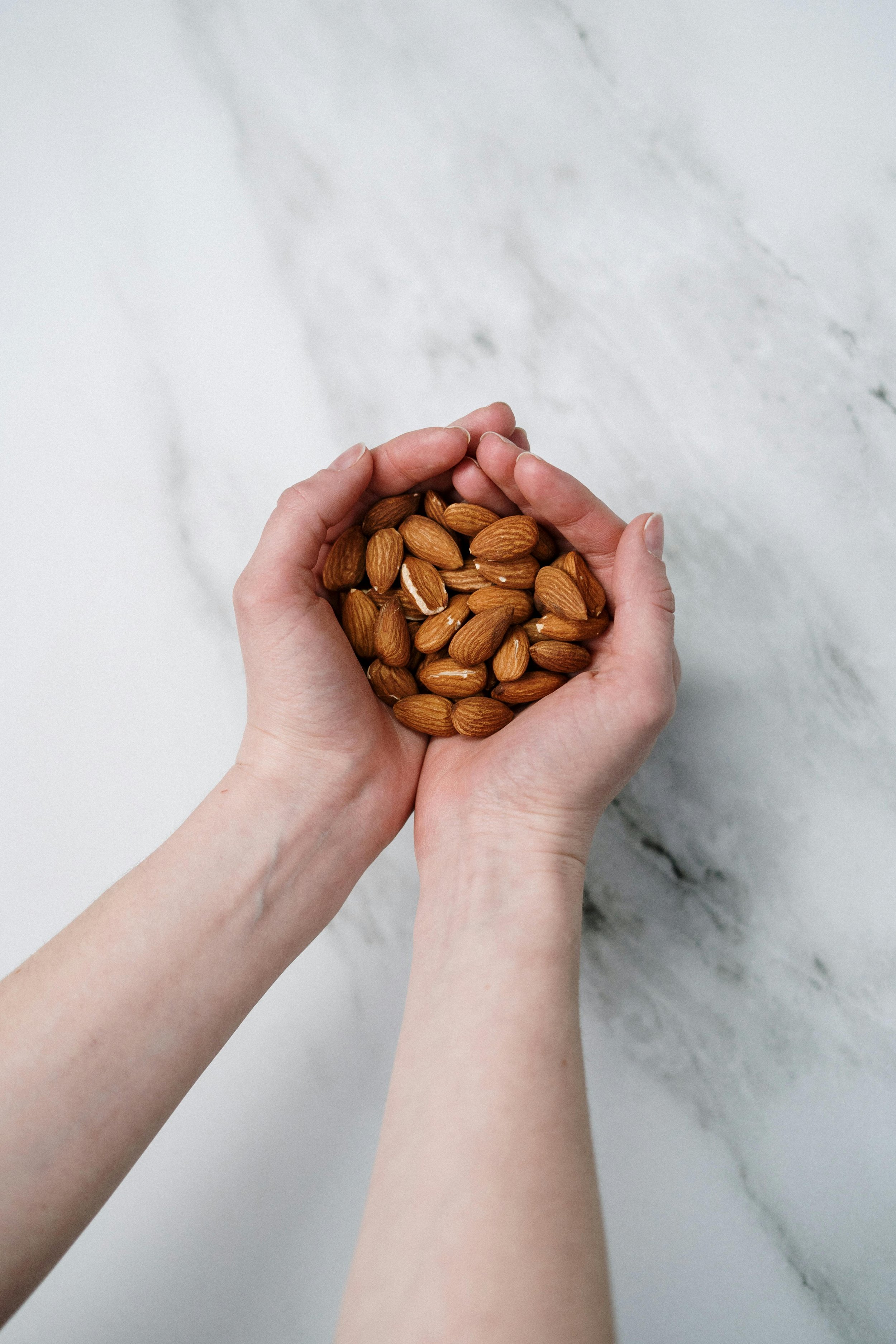






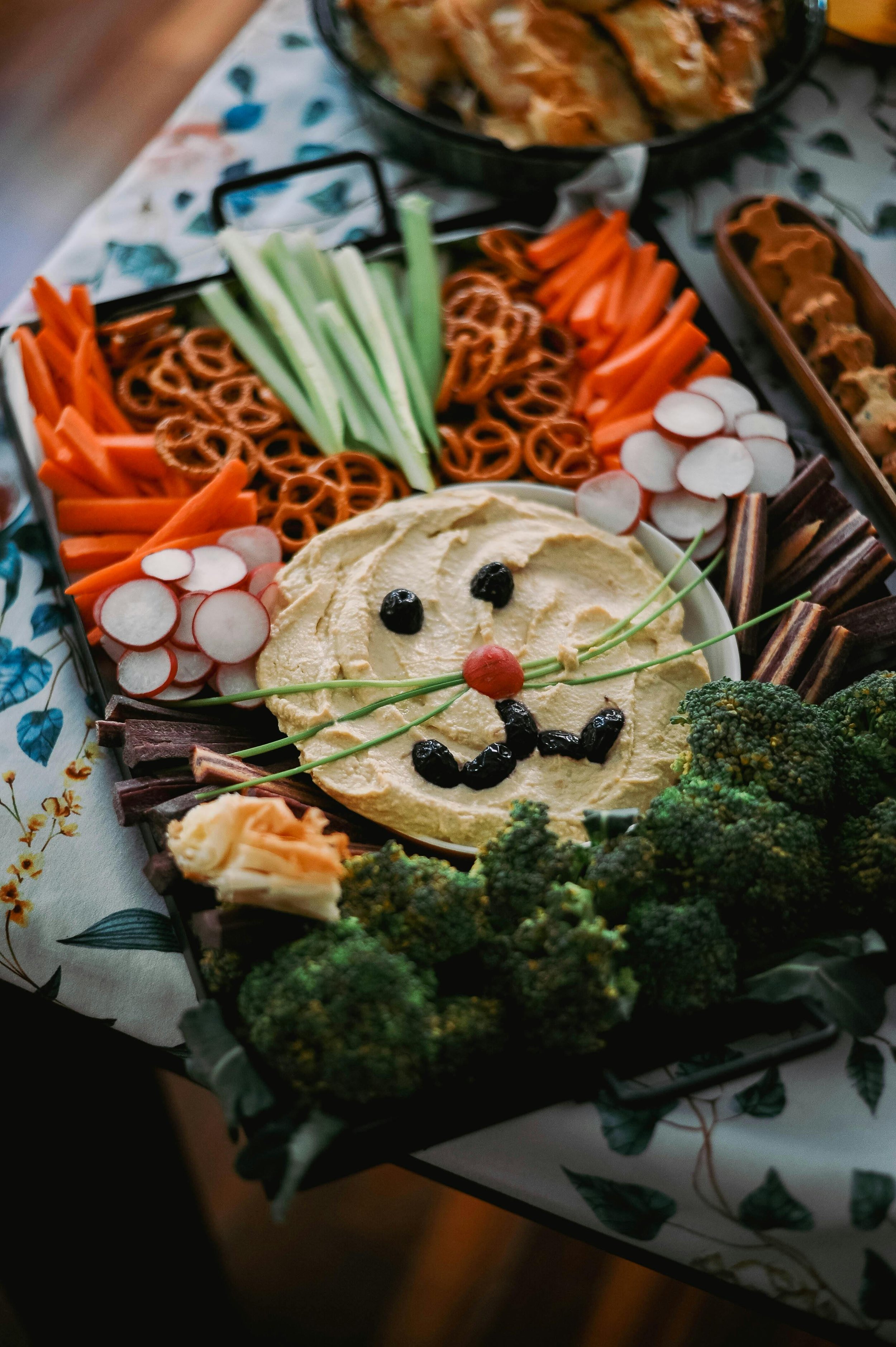
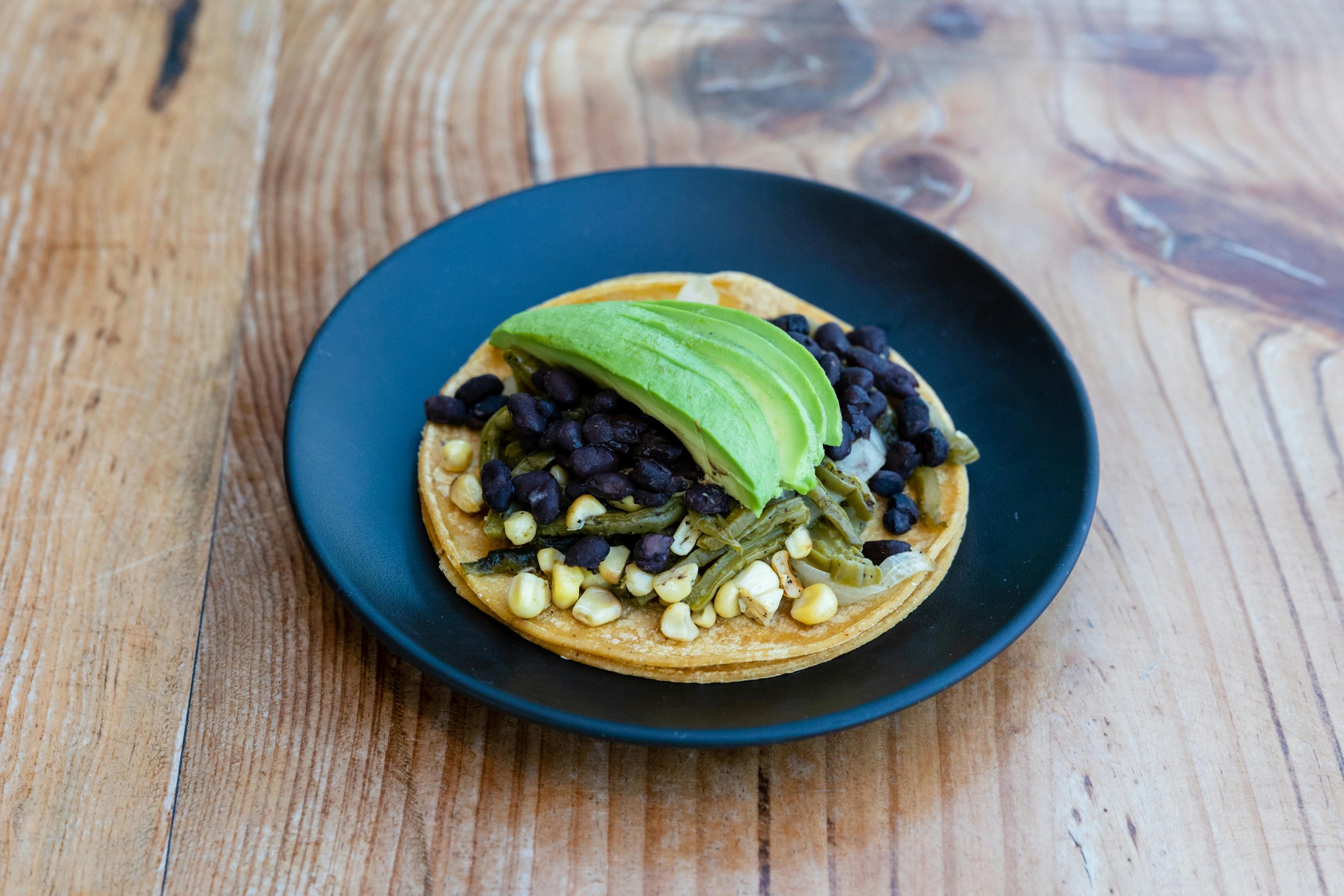










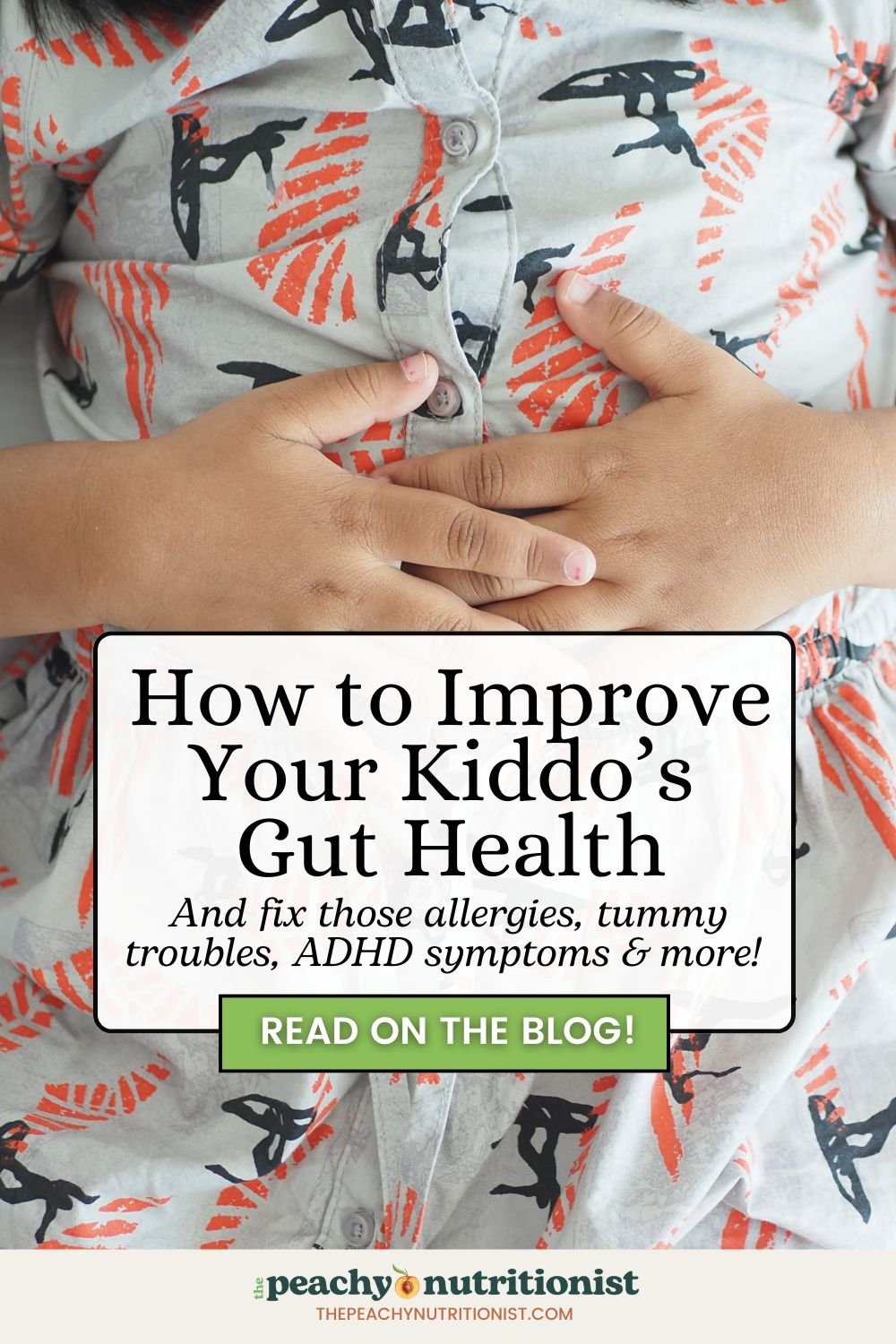












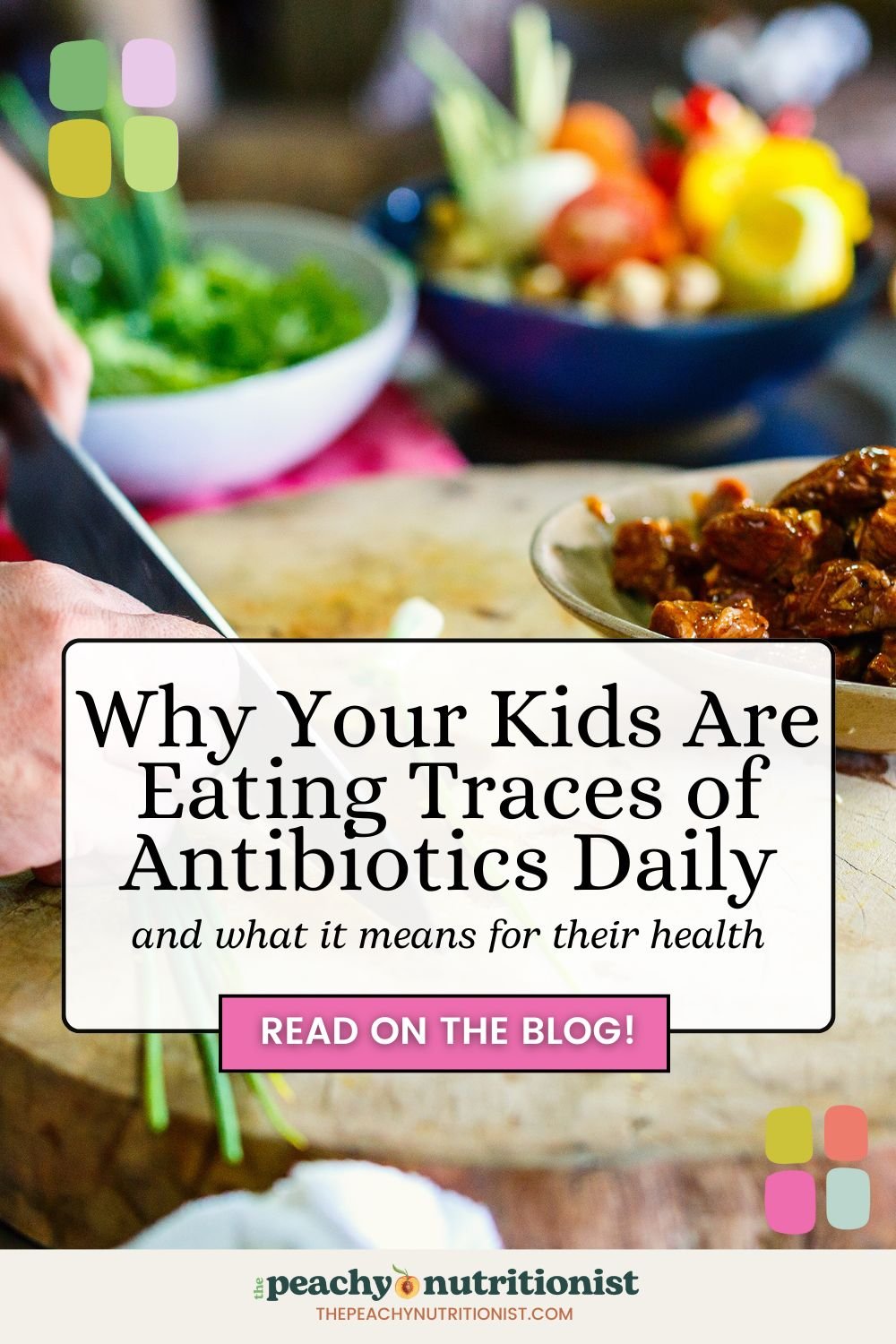
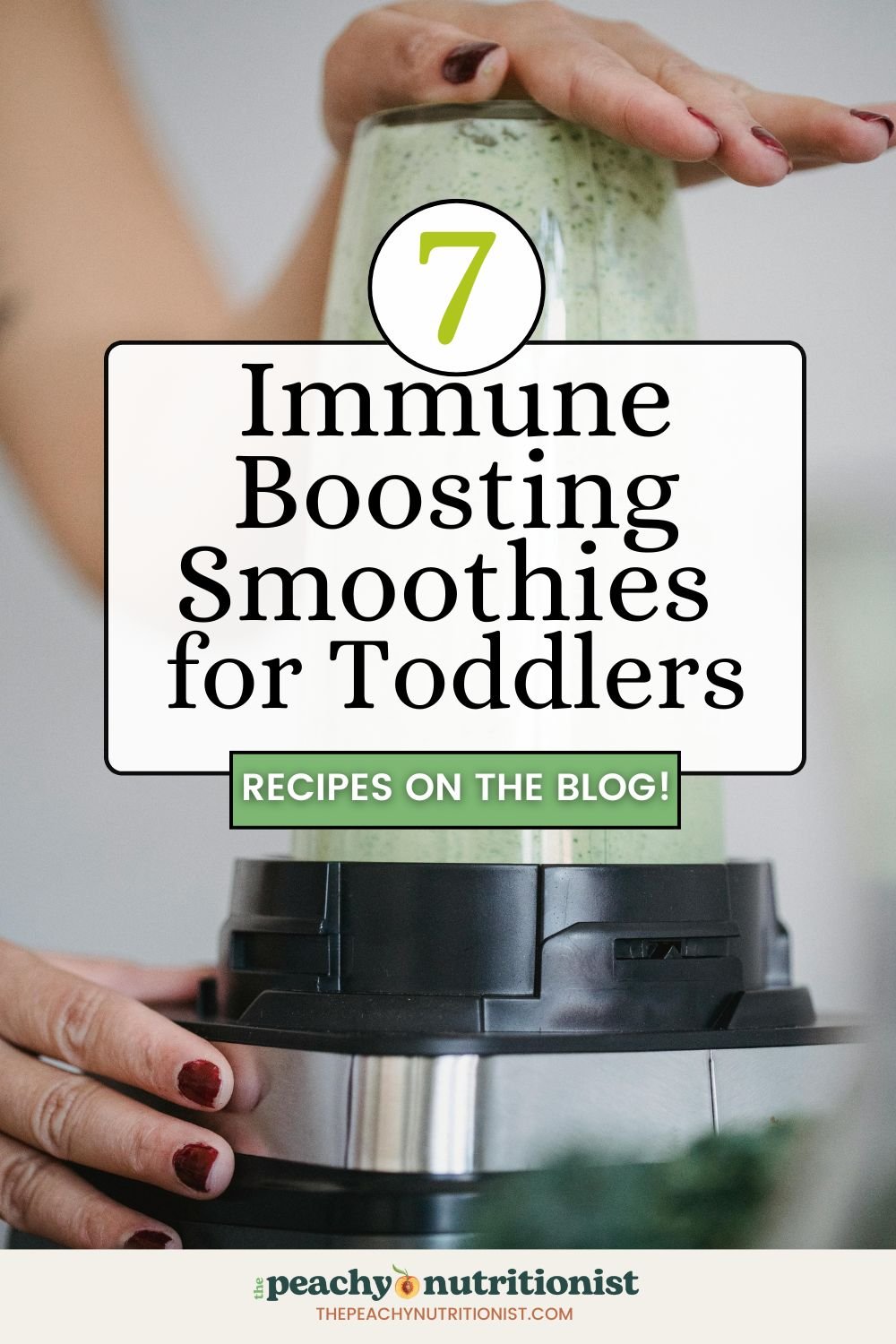

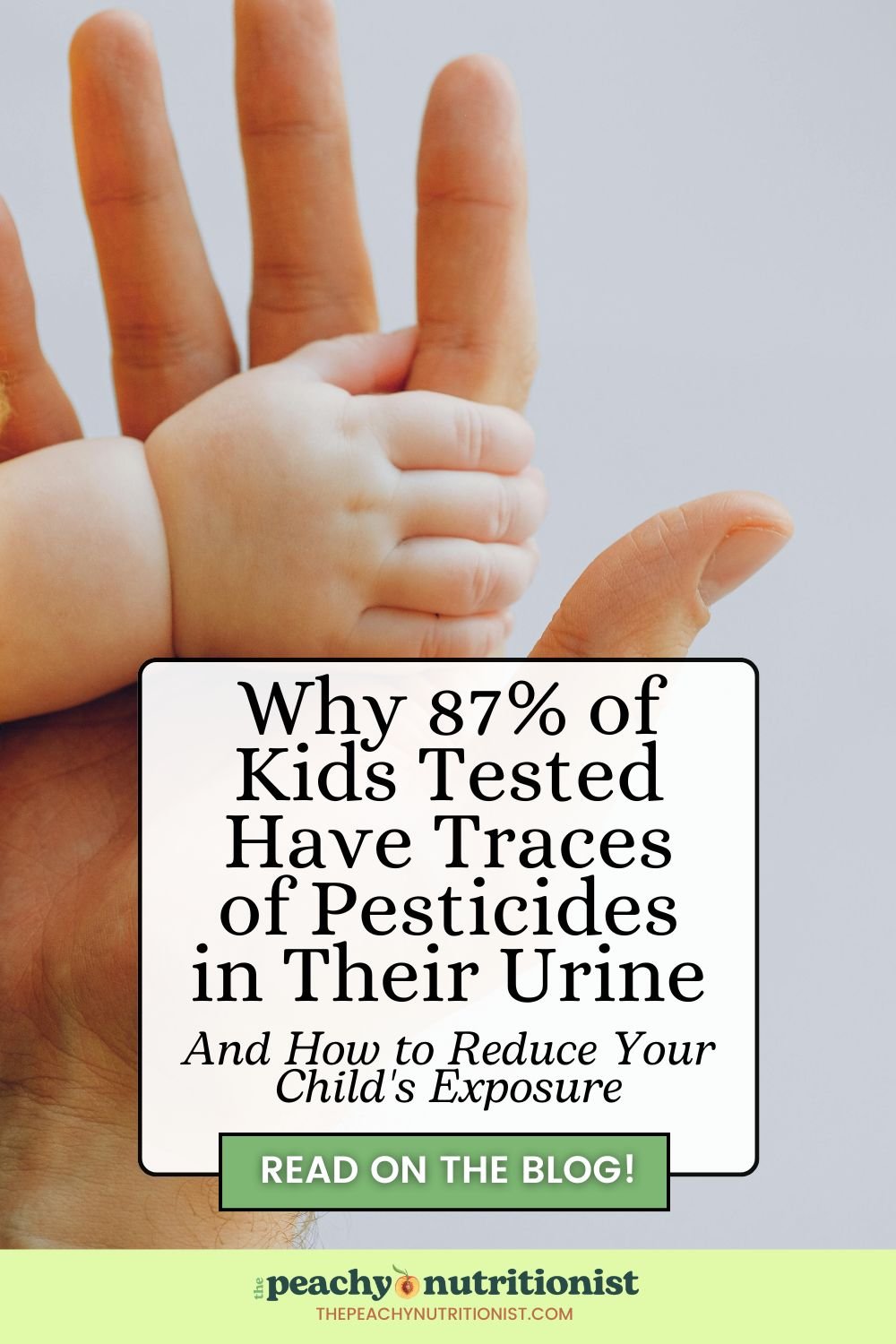

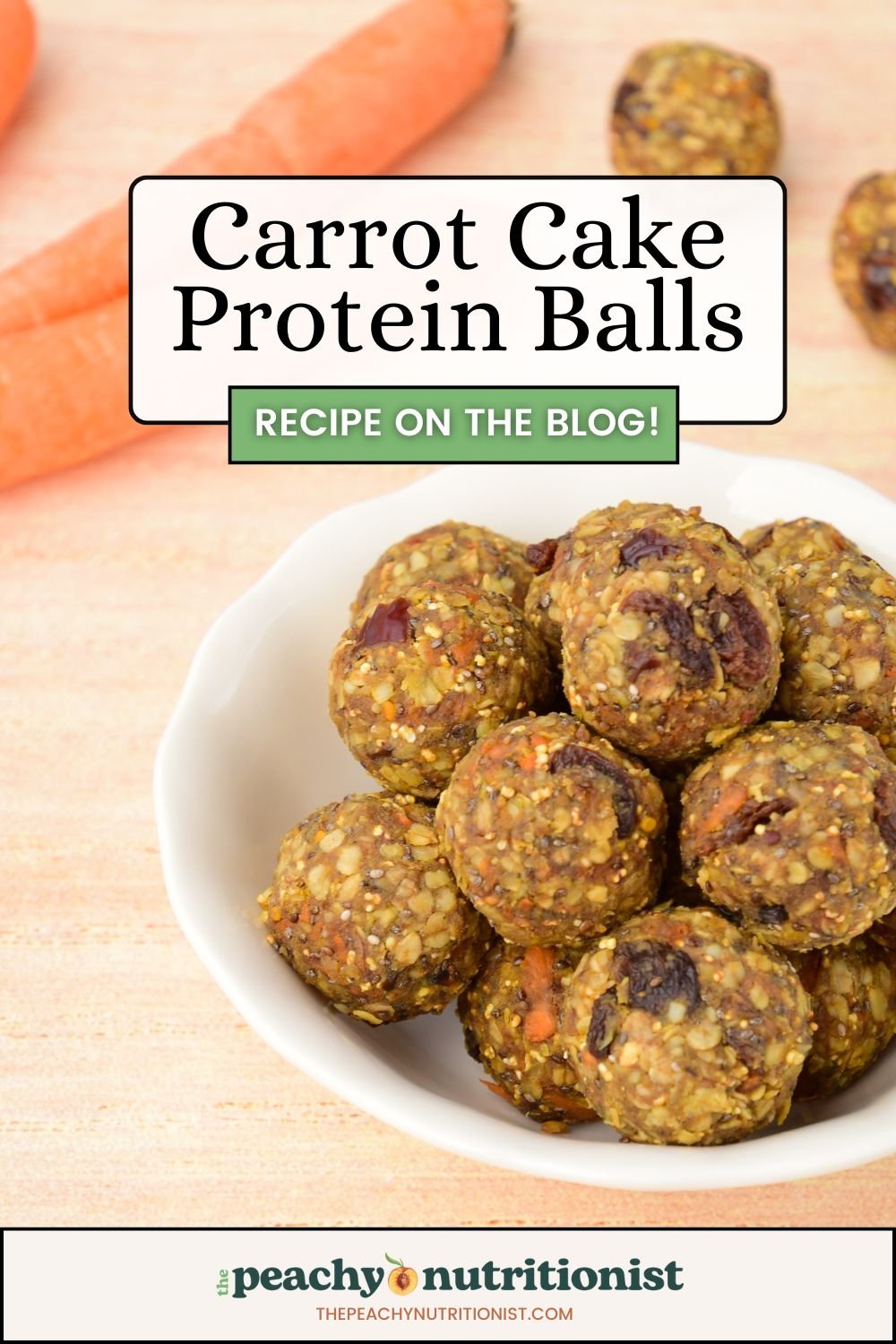
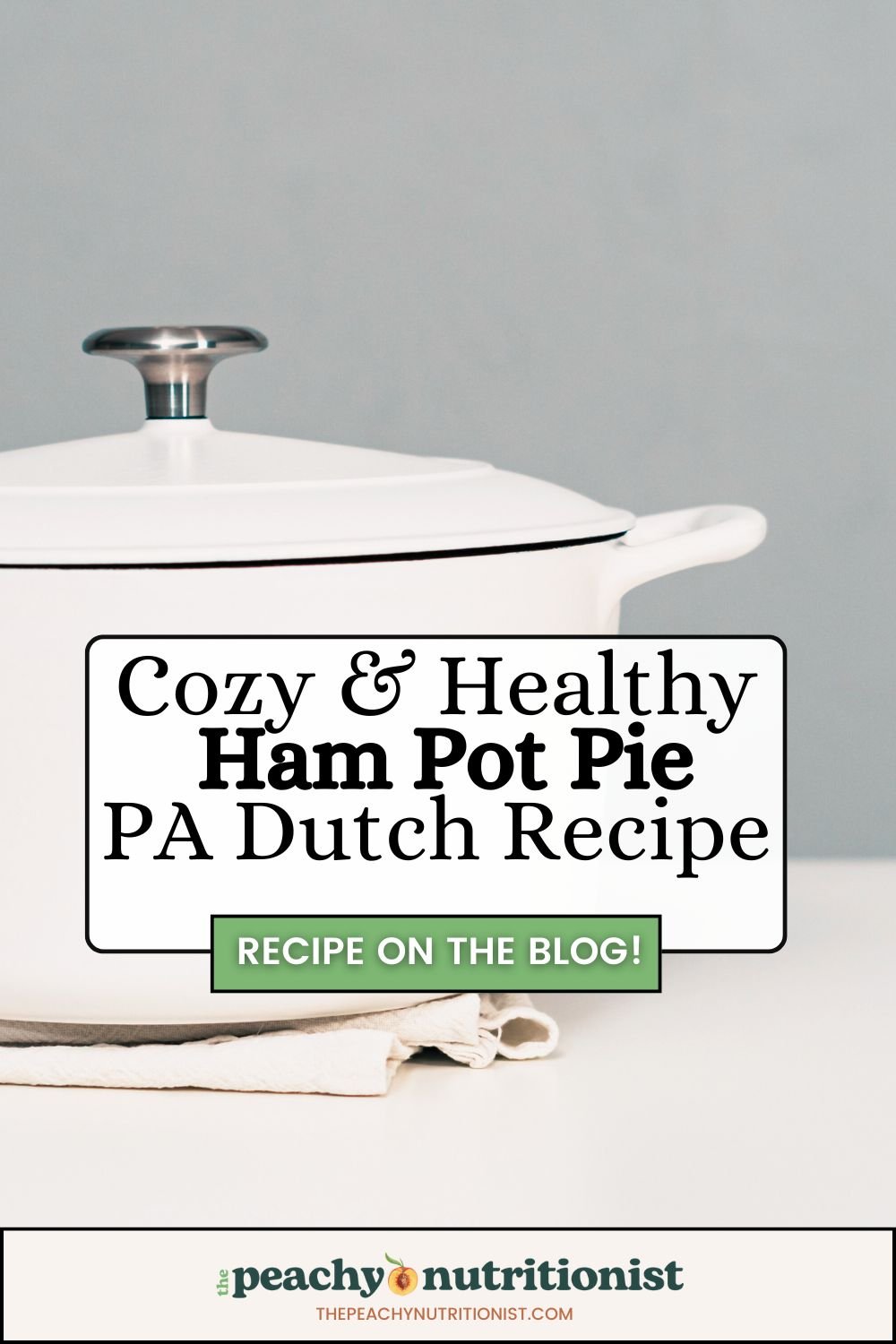
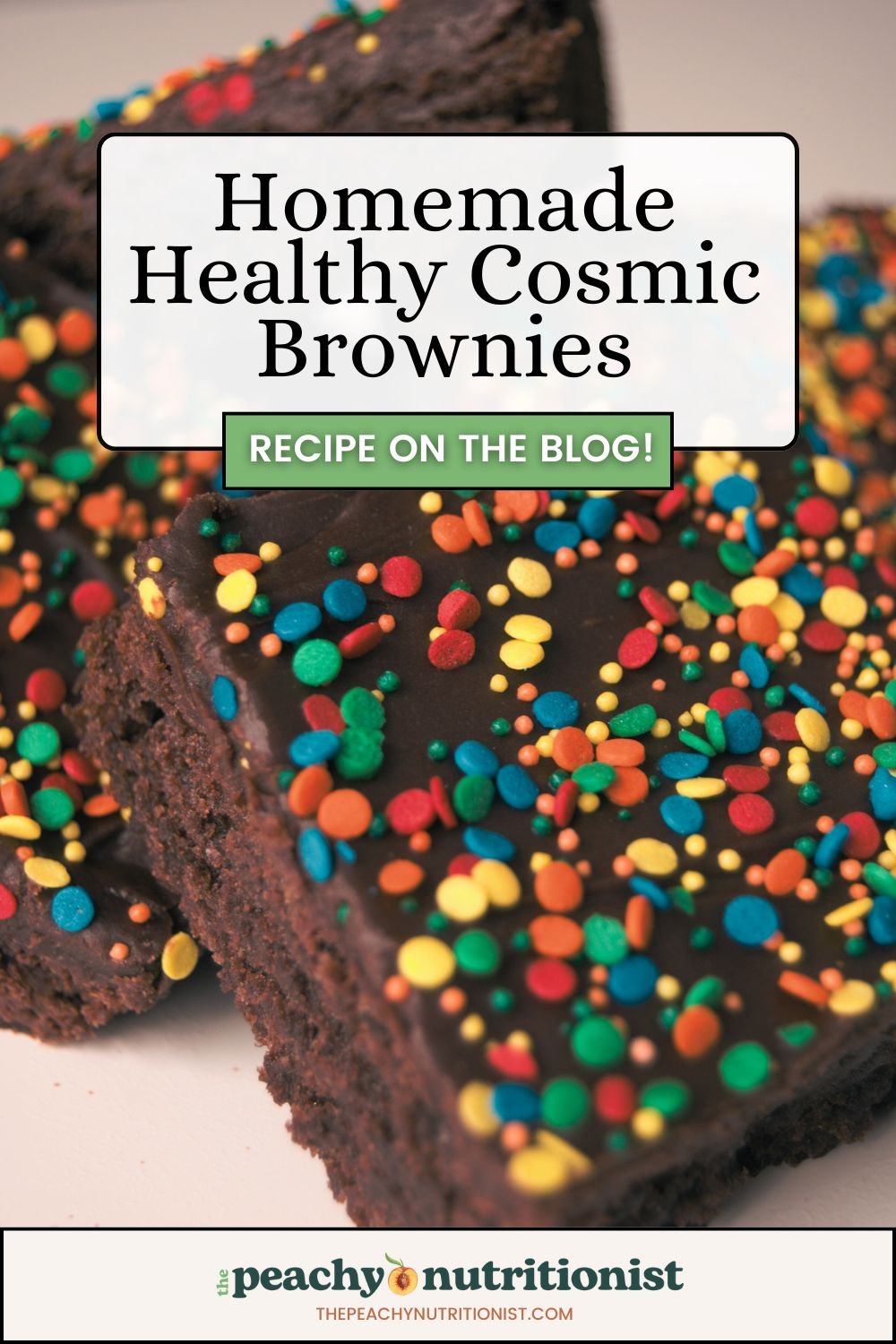
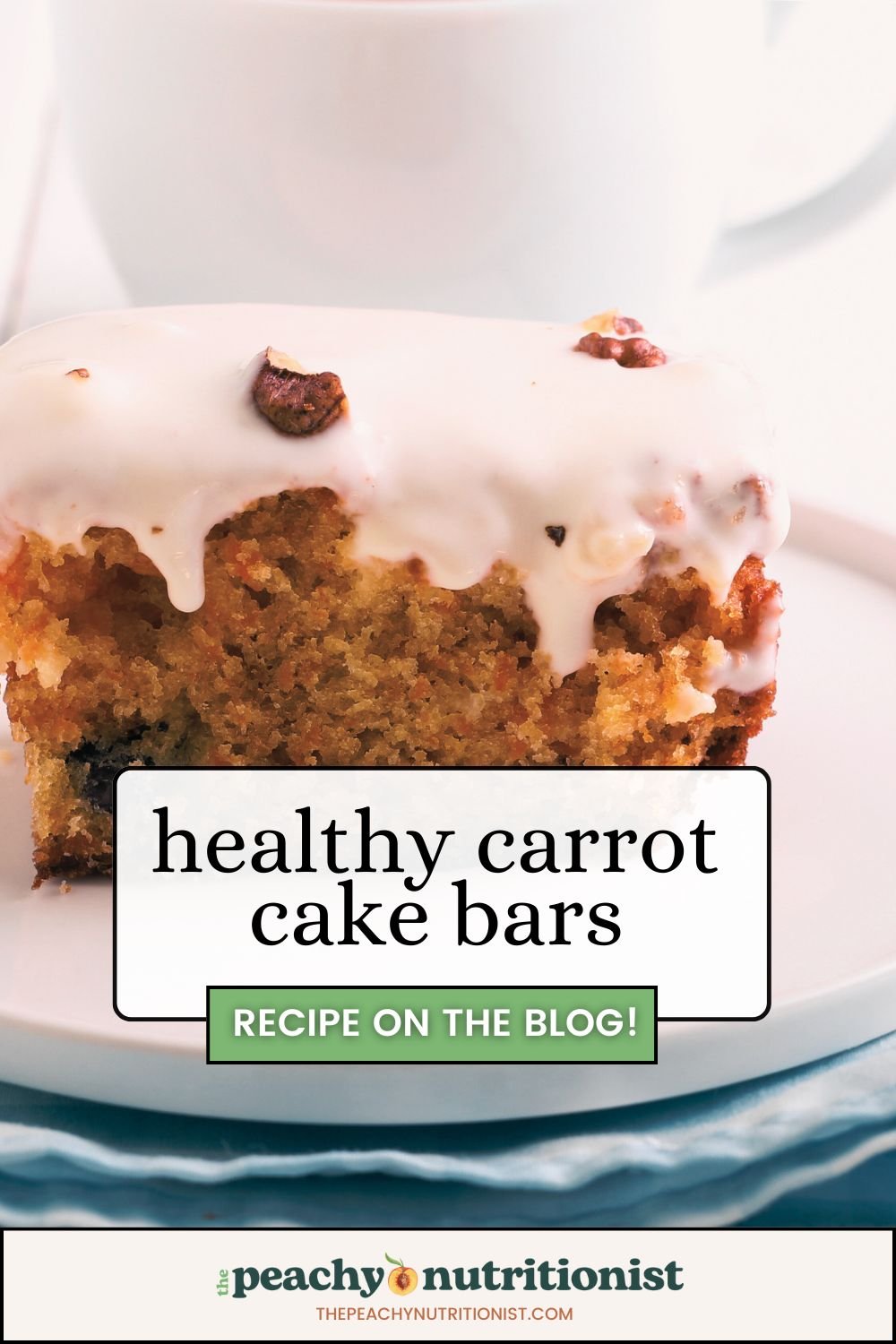
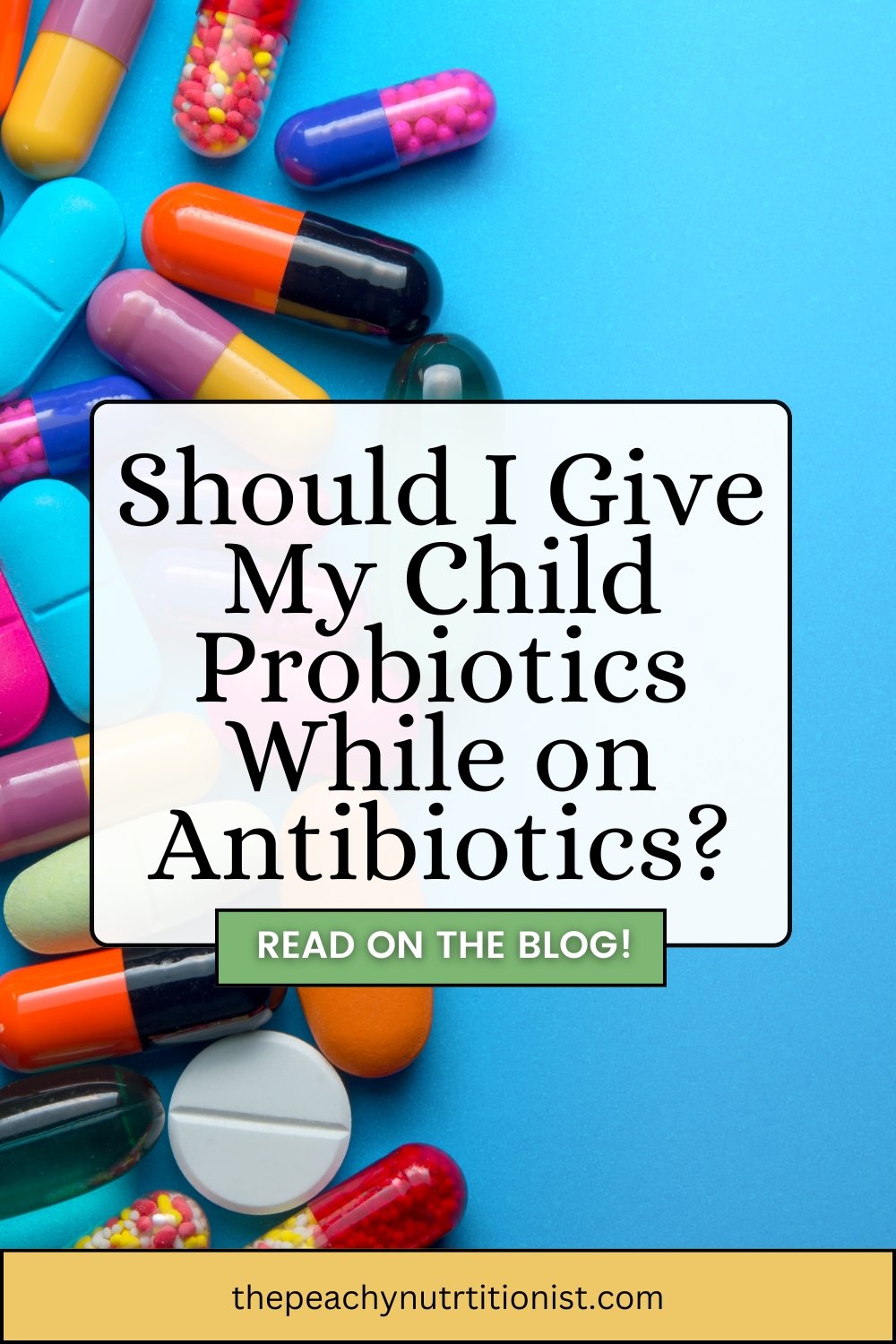
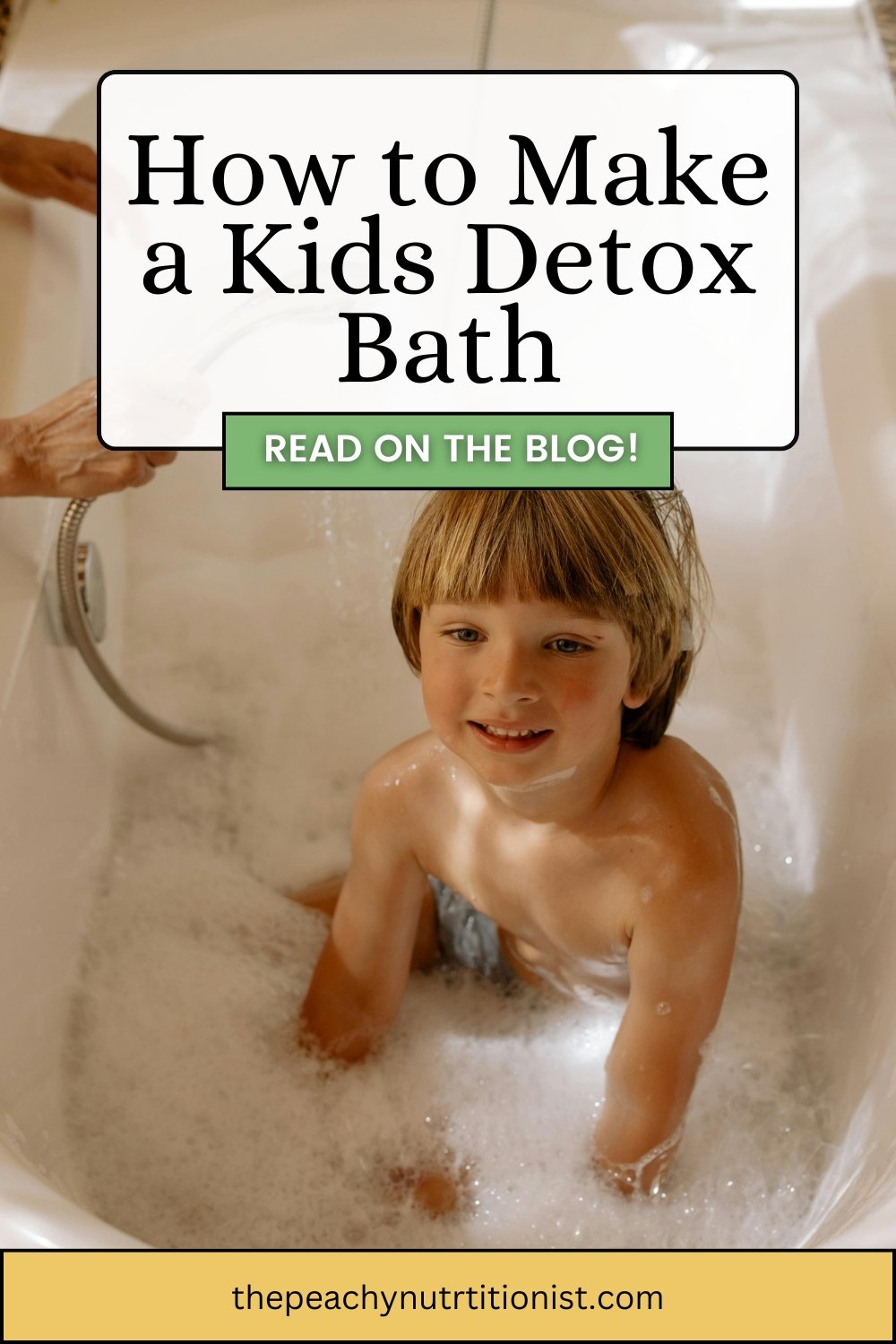

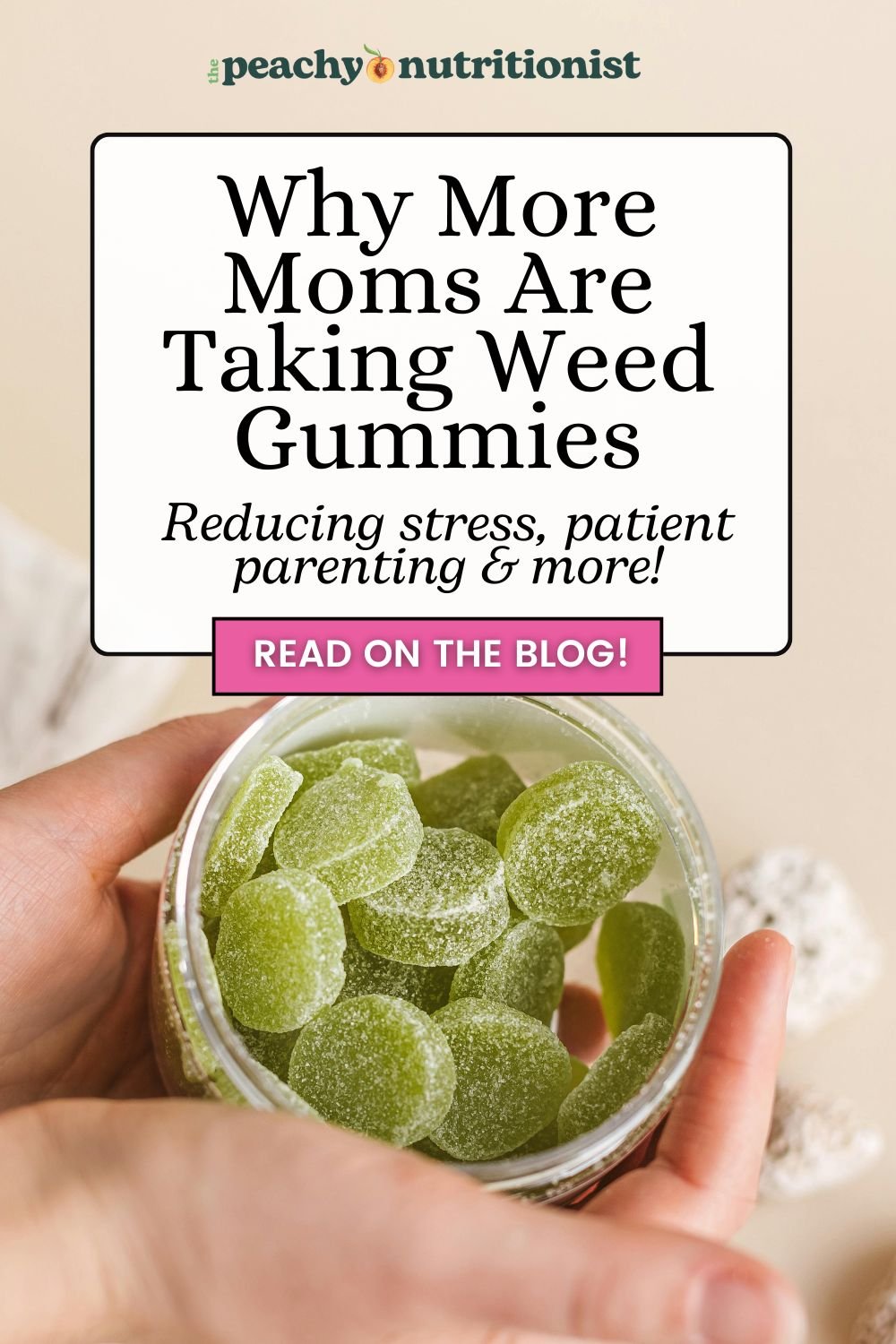
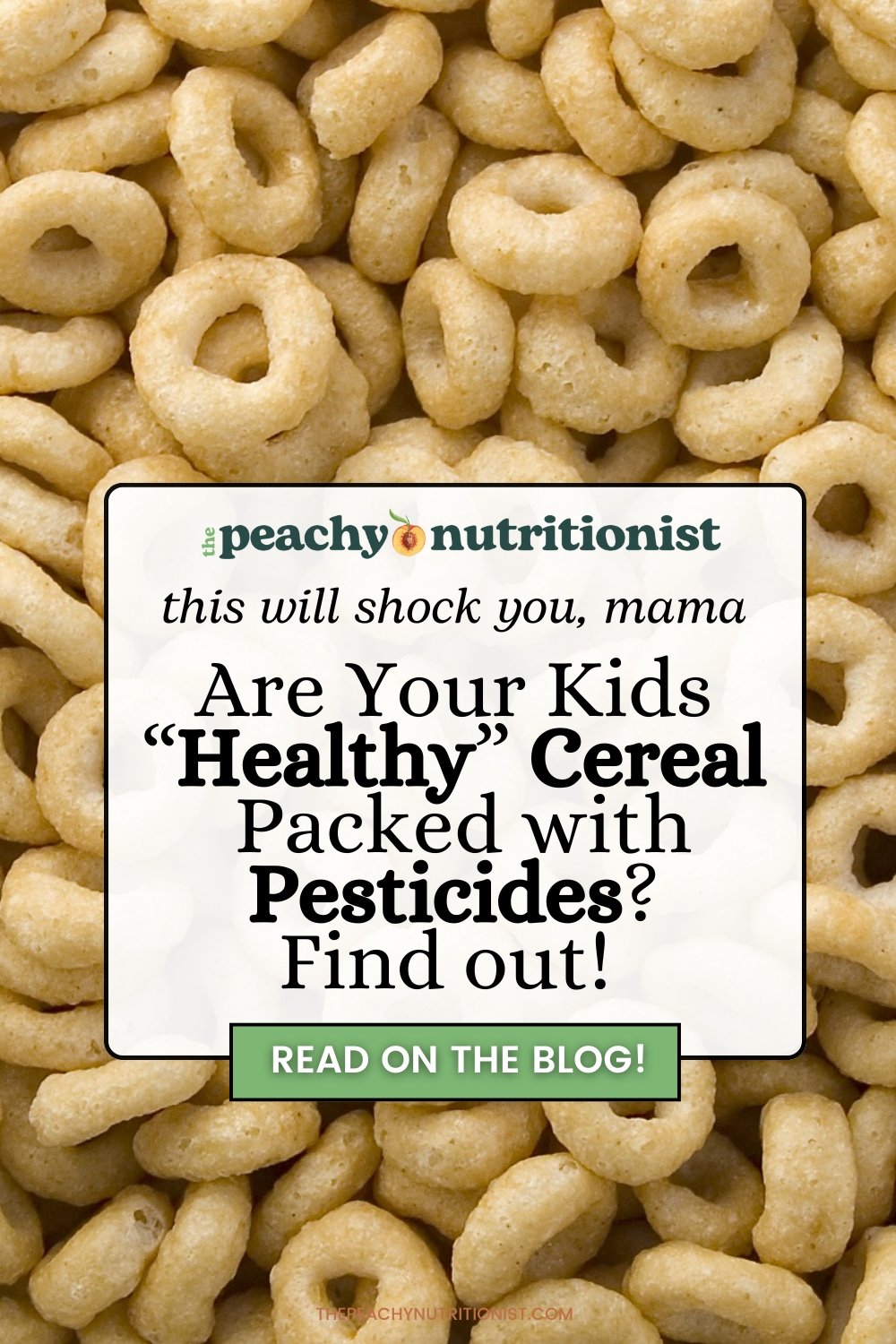
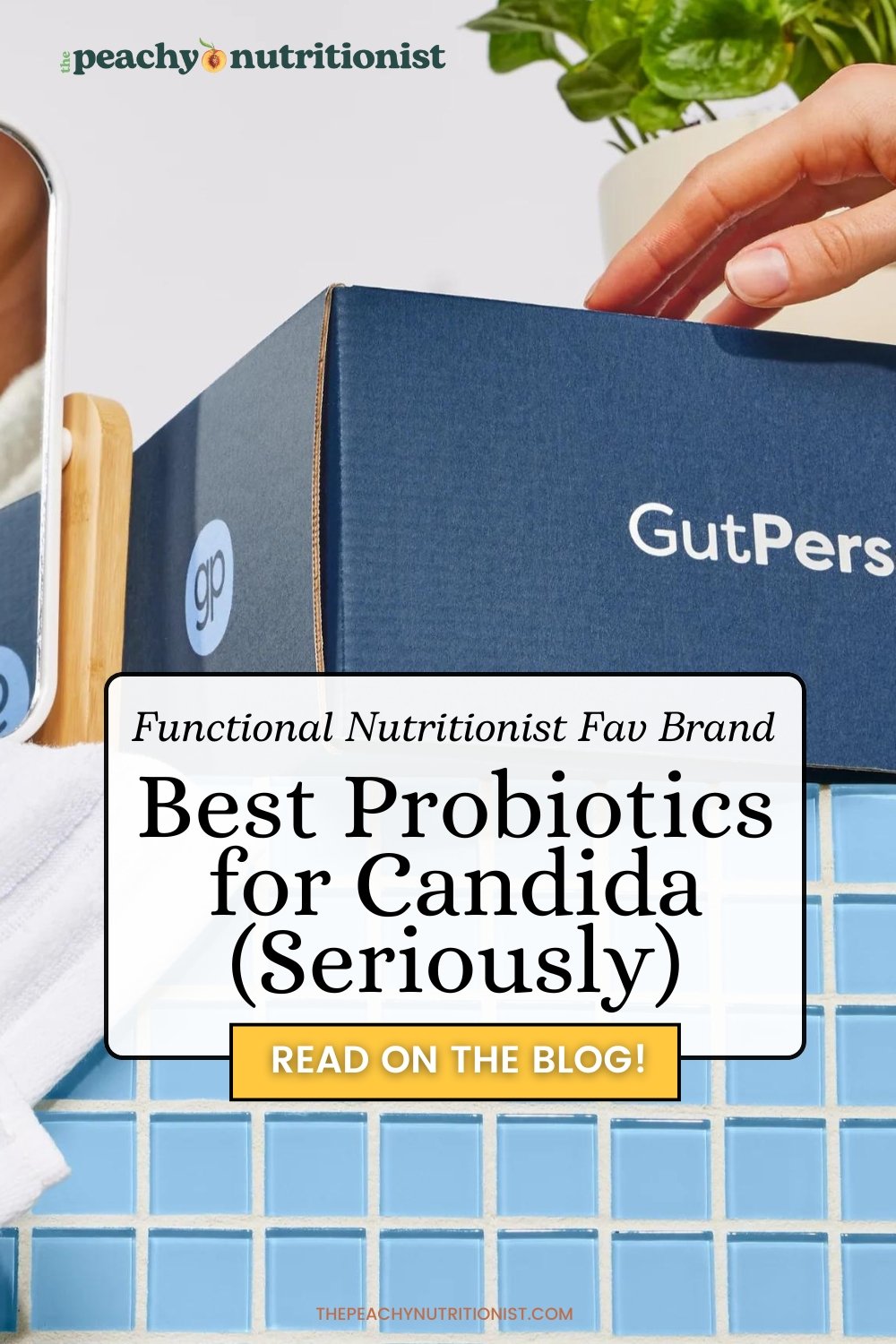
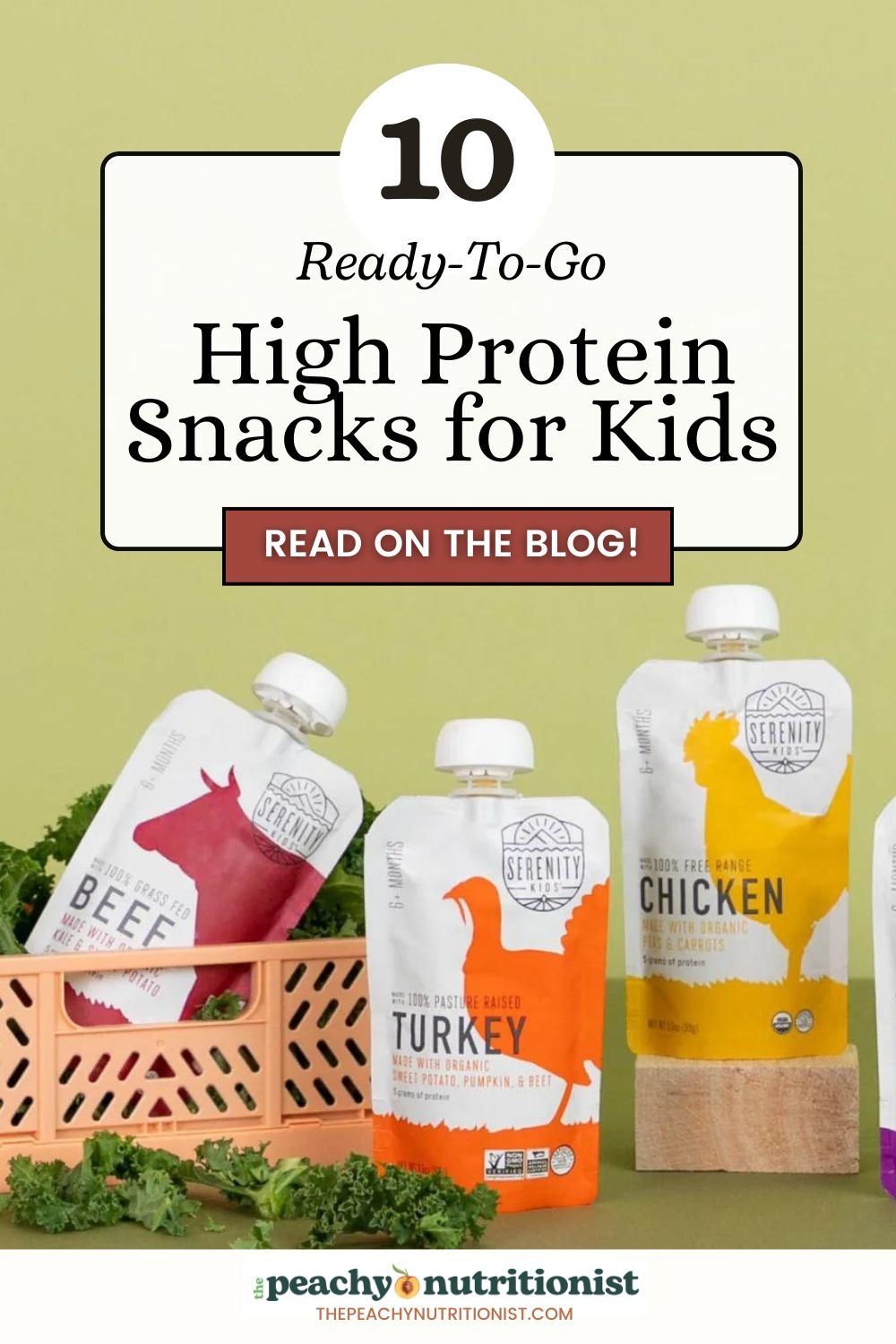
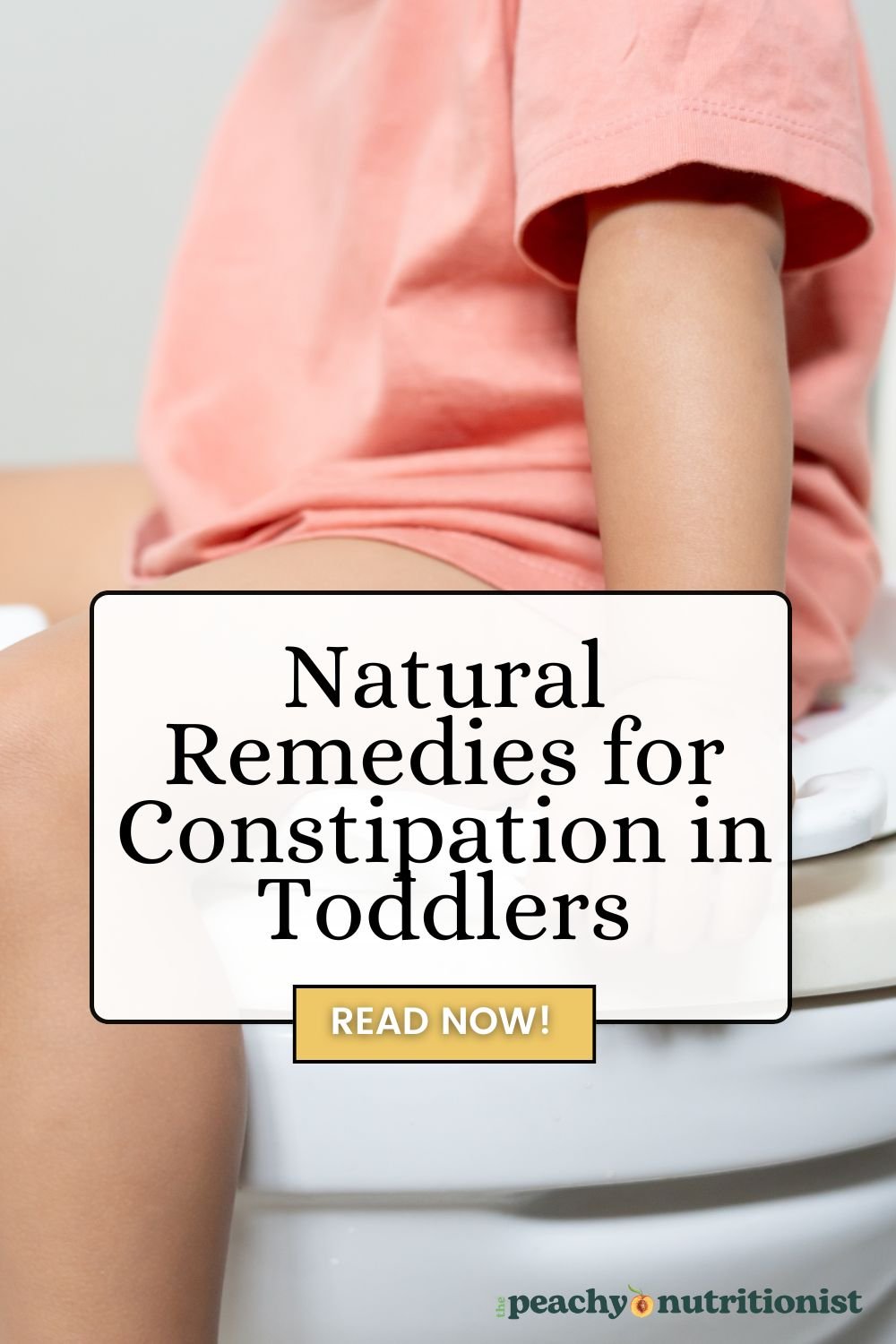
Did you know your kids are getting exposed to antibiotics through meat consumption?! This has some major health consequences for them. Read this article to find out what to do instead!